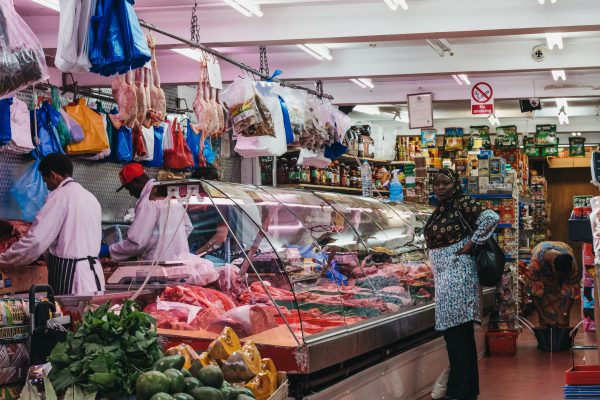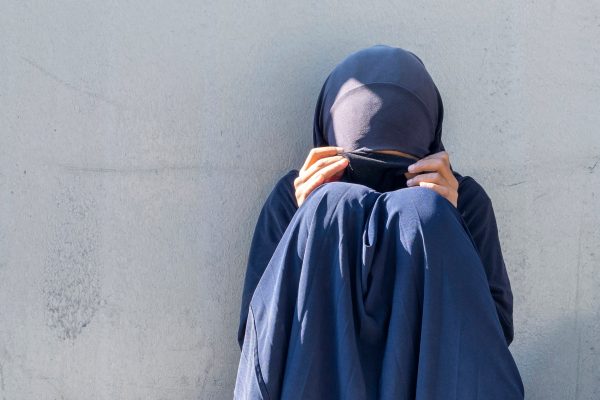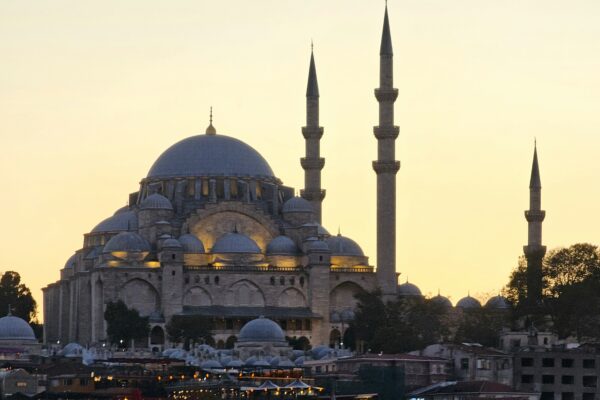Why is Babri Masjid so controversial – and what does it have to do with far-right Hindu nationalism?
Why is Babri Masjid so controversial – and what does it have to do with far-right Hindu nationalism?
On December 6, 1992, Hindutvadis led by the VHP (Vishva Hindu Parishad) conducted out the largest terrorist assault in post-independence India by destroying the Babri Masjid.
By demolishing the Babri Masjid, one of the largest mosques in India, the Hindutvadis aim to destroy the Muslim identity. Their dream is to exterminate the Muslims and to build a Hindutva nation.
But Babri Masjid is not the only target. Gyanwapi Masjid in Varanasi and Shahi Eid Gah Masjid in Mathura are few examples of mosques to be destroyed. In the last 10 years, about 200 mosques have been destroyed by Hindutvadis. They are grossly misusing the Indian bureaucracy for this purpose.
The argument of Ram Janmabhoomi, which is currently being raised by Hindutvadis, is baseless if we look at the history. According to the Indian Constitution, it is completely unconstitutional to demolish the Babri Masjid and build the Ram Temple in its place. According to The Places of Worship (provision) Act of 1991, any place of worship should continue as it was on August 15, 1947.
If we look at the historical facts, in 1528 the Mughal King Babur commissioned one of his generals, Mir Baqi, to build the Babri Masjid in Ayodhya. There is no evidence that there was a temple there before the Babri Masjid was completed in 1529. History researcher Syed Aleem Nadeem Razzawi in a talk given to ‘Madhyamam’ weekly has stated how ASI (Archaeological Survey of India) is trying to corrupt the history of Babri Masjid.
In 1859, the British government built a wire fence around the Babri Masjid. The argument that the Babri Masjid was built by destroying the Ram Temple was widespread, and the British government took this kind of action. At that time, Mahand Raghubir Das, who was a Hindu priest, filed a petition in the local court claiming that Hindus should have the right to perform pujas outside the Babri Masjid. But the court rejected the plea. Later, in the Hindu-Muslim conflict of 1934, the mosque was slightly damaged. It was rebuilt by the British government.
When India became independent, the British government handed over the Babri Masjid to the Sunni Waqf Board. On December 22, 1949, at midnight, 50–60 people broke into the Babri Masjid and installed the idol of Ram. Even though there was a complaint against this, the then District Magistrate, K.K. Nair, did nothing to confirm this incident or issue a verdict to change the idols. This is likely to destroy the peaceful atmosphere and lead to riots. The Babri Masjid was closed in connection with this incident. In 1950, both factions petitioned to open the Babri Masjid for worship. In these petitions, the court issued an interim order allowing the Hindu priest to enter the Babri Masjid.
When VP Singh’s government introduced a 27% reservation for OBCs in the 1990s, Hindutva groups argued that it was meant to divide the Hindu religious community and that the Hindu community should unite against it. For this, the Rama Janmabhoomi Movement was started under the leadership of the Vishwa Hindu Parishad.
This movement argued that the Babri Masjid should be demolished and the Ram Temple should be built in its place. During this period, L.K. Adhwani led a Ratha Yatra that passed through ten states, from Somnath to Ayodhya. The first time the Ratha Yatra reached Bihar, the Bihar government arrested LK Adhwani. The second time, the Ratha Yatra reached Ayodhya with one and a half lakh Karsevaks. The nearly 500-year-old mosque was demolished without any opposition.
Even though the Narasimha Rao government received a warning that the Mossad, an Israeli investigative unit, would destroy the Babri Masjid, no action was taken. In the riots that followed, 2000 people were killed, according to official estimates. The Babri Masjid attack was the biggest challenge to Indian secularism.
After an 18-year-long trial, the Allahabad court divided the site of the Babri Masjid between three parties (the Sunni waqf board, Nirmohi Akhara, and Ram Lalla). In 2011, the Supreme Court of India stayed the judgment of the Allahabad court and transferred the case to the Supreme Court.
In 2019, a bench headed by Chief Justice Rajan Gogoi ruled in favor of Hindutvadis. According to the court, in 1992, Karsevakar demolished the Babri Masjid, which was illegal, but the site of the Babri Masjid should be given to the Hindutvadis to build the Ram Mandir. Even the judicial system in India has been subjected to Hindutvaization by Hindutvaists.
Prime Minister Narendra Modi laid the foundation stone of the Ram Temple in 2020, following the verdict. On January 22, 2024, the Prime Minister of India performed Pratishtha at the Rama Mandir. By demolishing this Babri Masjid, the Hindutvaists have achieved their goal. Before 1992, the BJP was a minority in Parliament and managed to win a large majority in the elections held after the demolition of the Babri Masjid. The Rama temple Pratishtha was done with the vision of victory in the 2024 elections.
Hindutvaists are in a hurry to implement the slogan of Hindutva groups in the 1990s, “Kashi Mathura Baki Hai.”. Hindutvadis are turning against Gyanvapi Masjid by raising the Krishna Janmabhoomi temple claim.
We need to wage a strong judicial fight against such acts of eradicating Muslim identities; keeping silent in these cases may affect the very existence of the Indian Muslim community. We must engage in preventive activities to restore the existence of the Muslim community.





